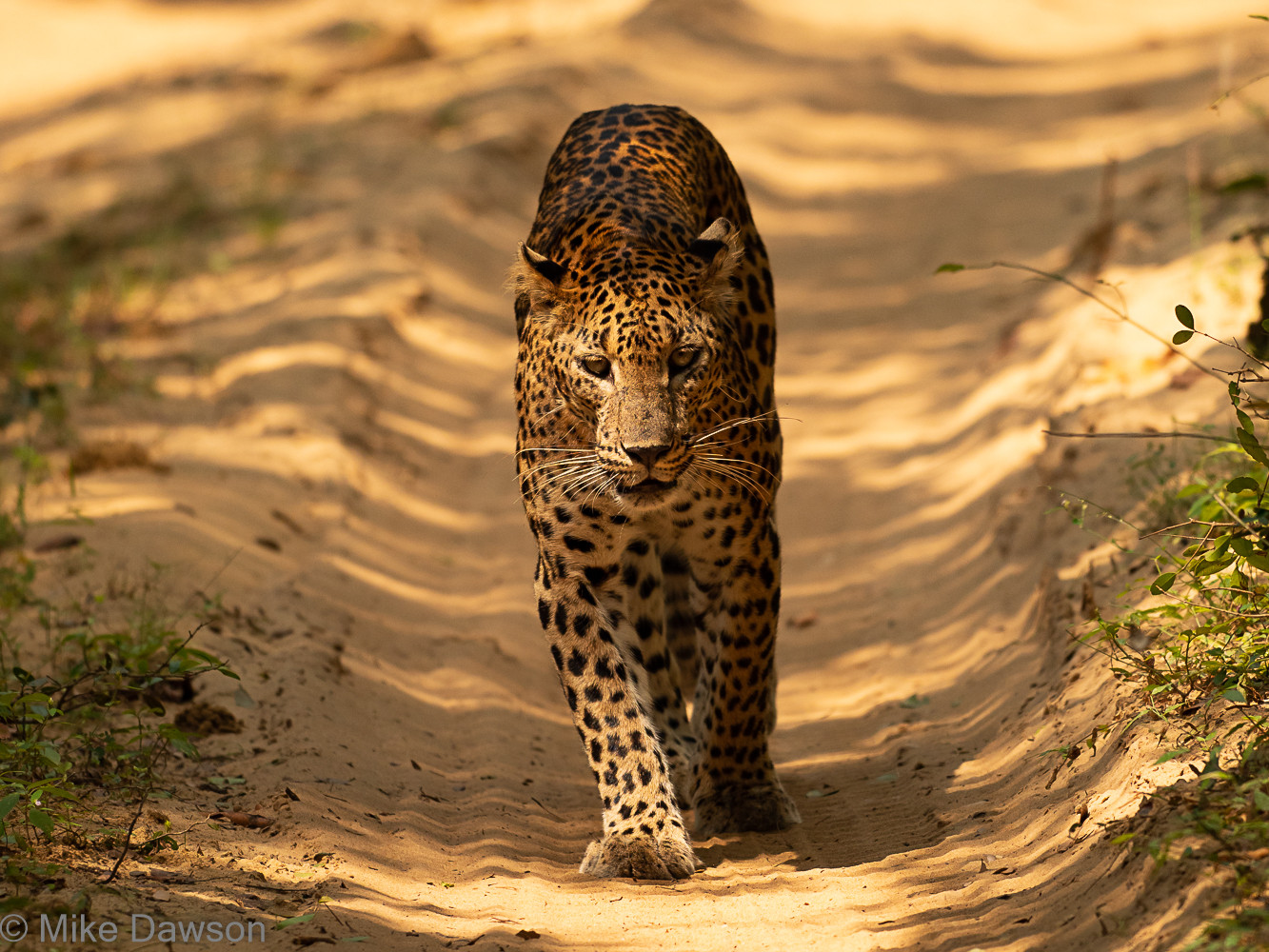Charger images
Les formats d'image autorisés sont de type jpeg, png ou gif
La taille maximale du fichier doit être de 20MB

Huge national park ranging over 131 thousand hectares and Sri Lanka’s largest protected area.
Wilpattu National Park has a denser forest cover unlike many other National Parks in Sri Lanka. The landscape comprises of dry zone forests and thorny scrub interspersed with extensive open plains and sand dunes. The unique feature of this park is the existence of "Willus" (natural lakes) – natural, sand-rimmed water basins or depressions that fill with rainwater. Nearly 106 lakes are found spread throughout Wilpattu. The park is one of the most important elephant habitats in Sri Lanka and is also a great place to observe the elusive Sri Lankan leopard and the sloth bear.
Wilpattu National Park is much less visited than Yale National Park. But Wilpattu is just as great for birding. Among the birds that can be observed are Painted Stork, Asian Openbill, Brown Fish-Owl, Eurasian Spoonbill, Black-headed Ibis, Purple Heron, Lesser Adjutant, Sri Lanka Junglefowl, Indian Peafowl, Asian Emerald Dove, Blue-faced Malkoha, Great Stone-Curlew along with many species of terns, waders, gulls, eagles, kites and buzzards.
Wilpattu National Park is located 30 km west of Anuradhapura, 26 km north of Puttalam and approximately 180 km north of Colombo. Hunuwilgama Gate is the main entrance and located not far from the A12 road between Anuradhapura and Puttalam. This is the primary entrance where you can obtain tickets and enter the park. The best way to explore Wilpattu National Park is by taking a guided jeep safari. Price for a Half-Day Safari (6:00 am to 11:00 am or 1:30 pm to 6:00 pm) is about $ 75, this includes the entrance fee to the park. Keep in mind that these rates can change based on oil/petrol prices. Additionally, there’s a suggested tip for the guide.
Votre feedback sera transmis à l’auteur.rice de cette zone et à l’équipe éditoriale de Birdingplaces, qui l’utiliseront pour améliorer la qualité des informations. (Vous souhaitez publier un commentaire visible en bas de page ? Fermez cette fenêtre et choisissez l’Option 1 : « Publier un commentaire, un conseil ou une observation ».)
Veuillez fournir des suggestions d'améliorations ou d'ajouts au texte de ce site ornithologique.
Veuillez fournir vos suggestions d'améliorations ou d'ajouts à la carte.
Veuillez fournir des suggestions d'améliorations ou d'ajouts à la liste des oiseaux.
Cliquez sur l'icône de l'oiseau () Insérez les noms d'oiseau dans votre langue. Ils seront automatiquement traduits pour les autres usagers !